John Hurrell – 22 October, 2015
The impressive thing about all this is just how cleverly Seung Yul Oh and Andrew Clifford have tied it all in with the internal architecture and natural setting outside. The stunning cadmium yellow/ochred Noonmool - which can be interpreted as a teardrop, golden pear or giant lightbulb - resonates with the colour of the two staircases on either side, and with Noon up on the top floor.
Titirangi
Seung Yul Oh
HaaPoom
Curated by Andrew Clifford
29 August - 8 November 2015
Seung Yul Oh is well known for his spectacular installations of inflatable sculpture at Starkwhite and (occasionally) Auckland Art Gallery, but this Te Uru show is that and much more. There are eleven works in various key locations that dominate the elegant interiors of the Te Uru building.
Of these, three (Huggong 3, Huggong 7, Noonmool) are predictably inflated, huge and sometimes colourful, one (Hon Don) is a moving image projection in a corner, two (SanSai, The Ability to Blow Themselves Up) are videos on plasma screens, one (Podo) is a pair of curvy freestanding fibreglass sculptures, another (Noon) is a fibreglass ‘yolk’ high on a wall, and another still (Tong Roh) a pair of linear ‘light’ sculptures made out of Perspex and LEDs. There is also an installation of stretched elastic line (Left, Right), a small chalk drawing (HaaPoom) on a wall, and a set of rippling concentric arcs (Puha) on the floor underneath Noonmool. Quite a varied line up. Plus a splendidly put-together book of dynamic photographs.
The impressive thing about all this is just how cleverly Seung Yul Oh and Andrew Clifford have tied it all in with the internal architecture and natural setting outside. The stunning cadmium yellow/ochred Noonmool - which can be interpreted as a teardrop, golden pear or giant lightbulb - resonates with the colour of the two staircases on either side, and with Noon up on the top floor.
Underneath Noonmool, Puha (the plastic arcs) repeat on the floor the curved forms of the white gallery seating. Upstairs the two white and blue LED works, with their right-angled boxlike shapes and extended linear planes, exactly reference the short end wall near the window and the ventilation grilles on the floor. The more innermost one echoes the white slashes from the blind high up in the ceiling. It seems - in such a repetition of the linear traces of natural light - to reference the way the two massive inflatable Huggongs reflect, (literally) elsewhere on that same top floor, the ceiling’s fluorescent tubes (on their shiny polyvinyl chloride surfaces): jammed as they are against the sides of the winding staircase.
The two videos also have echoes with the world outside the building: the bursting balloons (from instructed excessive inflation) of The Ability to Blow Themselves Up sound like boyracers backfiring on the street outside, while SanSai inverts a lush South Korean forest to ‘wave’ to nearby local Titirangi bush through the window.
In humourous understated style, this artist has entitled his show HaaPoom (Korean for ‘yawn’), the name of a small wall work where the blue encrusted powder (caked on the wall) seems to have been propelled at high velocity out of the neck of a rapidly deflating balloon. Some of the chalk granules have tumbled down the wall to end up scattered along the edge of the floor.
Perhaps a more accurate speculation might be that the artist (again) poured chalk dust into the balloon with a funnel, inflated it and then burst it with a pin, making the prick up close to the wall so that the expelled powder would leave blue marks as dry residue.
The wall label says:
HaaPoom proposes that the big bang is a giant yawn and provides a playful universe of wonder and primal experiences.
‘Explodism’: A new art historical chalk-drawing genre!
John Hurrell
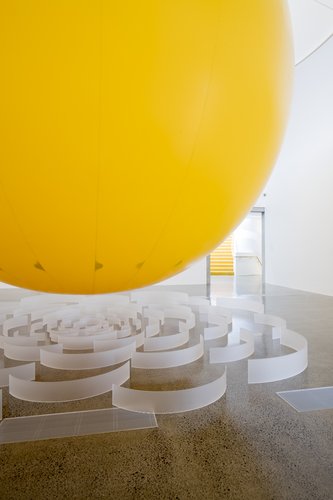

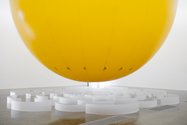
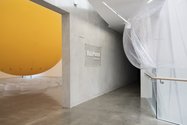

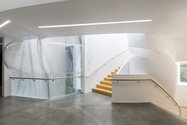
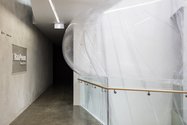

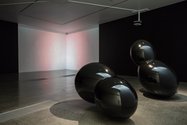

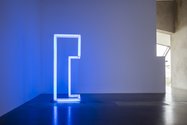
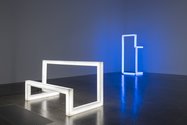

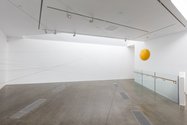
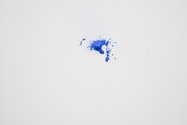
 Two Rooms presents a program of residencies and projects
Two Rooms presents a program of residencies and projects Advertising in this column
Advertising in this column



This Discussion has 0 comments.
Comment
Participate
Register to Participate.
Sign in
Sign in to an existing account.